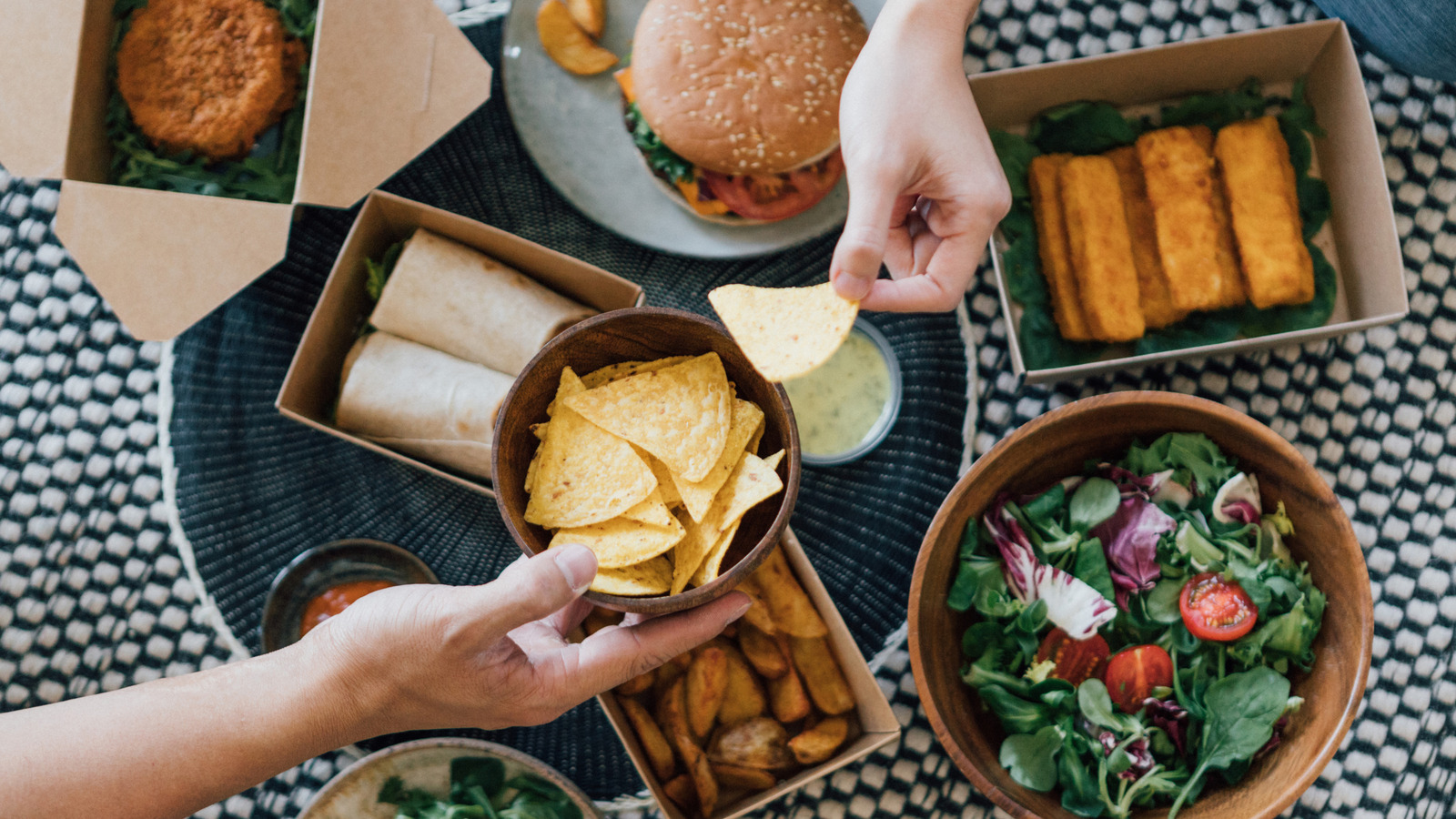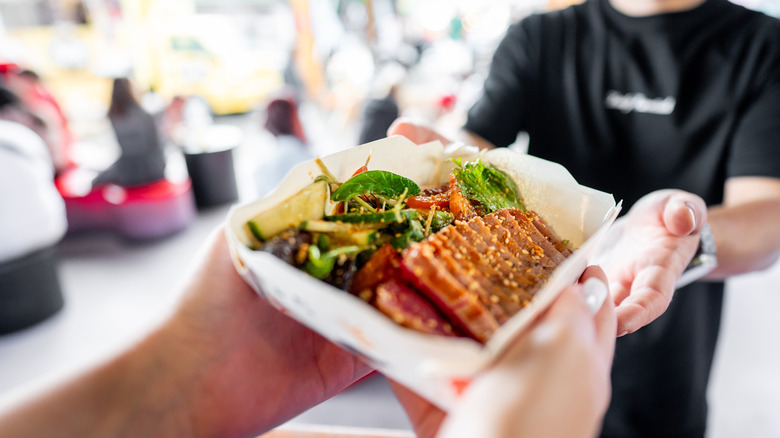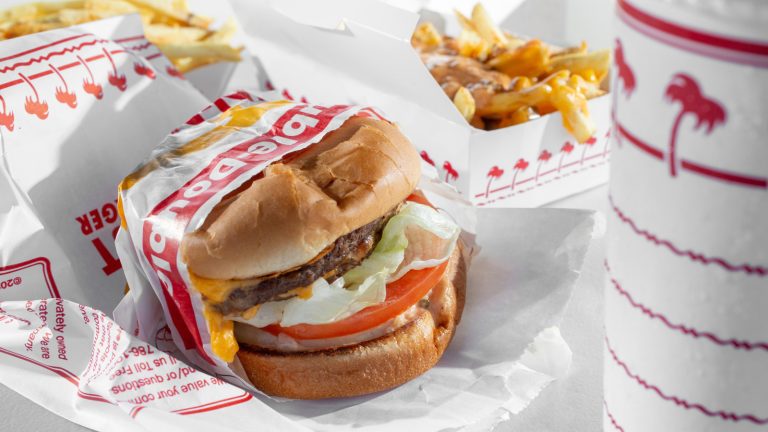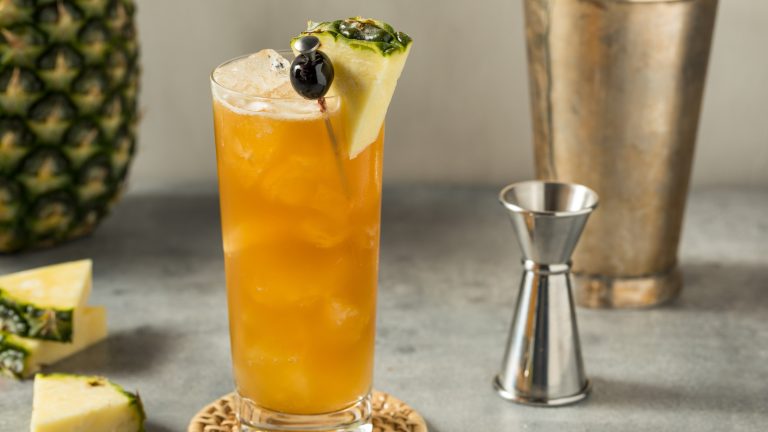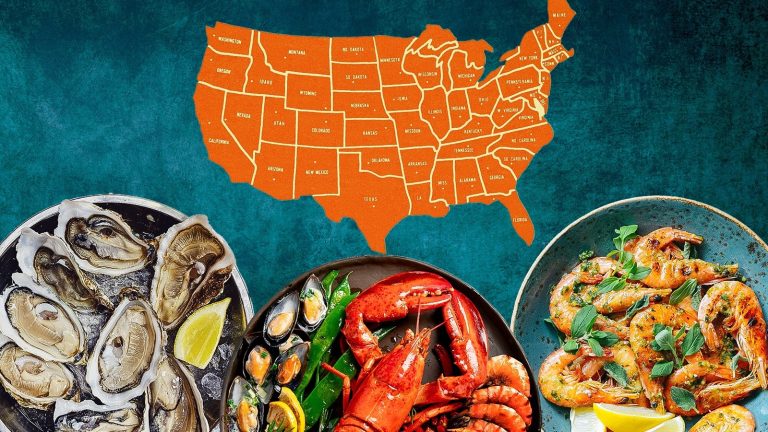When it comes to dining, it’s no secret that convenience is king. Let’s look at the statistics: According to a 2024 report from Innova Market Insights, one in five people globally lack the proper amount of time to prepare meals at home. In the United States, 72% of Americans choose to dine out to avoid cooking altogether (per U.S. Foods), and will spend nearly 56% of their monthly food budget eating away from home — an all-time high according to 2024 analytics from the Auguste Escoffier School of Culinary Arts. In fact, the average American spends some $191 per month on dining, with the fast food industry raking in nearly $500 billion annually in the U.S. alone.
Since the birth of White Castle kicked off the fast food revolution in 1921, fast food restaurants have been the go-to for Americans seeking a convenient meal on the go. Amidst an abundance of fried chicken chains of varying quality and burger joints, however, there’s another popular category whose explosive growth in recent years has been giving quick-service establishments a run for their money: fast casual dining. To find out more, Food Republic spoke to Alfred Goldberg, chief brand strategist at Absolute Marketing Solutions.
“Fast food will always be primarily focused on speed and cost, while fast casual will focus on freshness and quality,” said Goldberg. While certain restaurants like Chipotle have blurred the lines between fast food and fast casual in recent years, we chatted with Goldberg to unpack the key factors that keep these two popular dining styles distinct.
What defines a fast food restaurant?
Fast food is a global phenomenon that’s beloved by all walks of life, from single parents to college students and powerful entrepreneurs. Even celebrity chefs have their own favorite fast food spots for grabbing a bite after a busy service of pushing high-calorie plates. But what exactly qualifies as fast food? “In a nutshell, fast food is about speed, price, and convenience,” explained brand strategy expert Alfred Goldberg. “Fast food restaurants tend to focus on transactional service with limited customization options.” Since employees are trained to prioritize efficiency above all else, fast food restaurants have low customer interaction outside of ordering and delivering food. This focus on speed and efficiency also impacts how the food looks when it reaches the consumer, as most fast food establishments place little concern on the aesthetic choices of dining, like plating and visual appeal.
“Fast-food restaurants will often deliver the food wrapped in paper or placed in a bag and will deliver it over the counter or through a drive-thru window,” Goldberg elucidated. Not only do these convenience measures keep items available at a relatively low price point for customers, but they also reduce the overhead costs of the restaurants themselves, which has been crucial to the industry’s longevity. “Fast food tends to be recession-resilient, and in some cases, they have thrived during recessions,” Goldberg noted. “However, consumer behavior also reflects emotional, generational, and lifestyle preferences, so not everyone will shift.”
What defines a fast casual restaurant?
The fast casual category (aka bowl restaurants) first began to emerge in the late 1980s as a way to fill the gap between the lower costs of fast food spots and the higher quality of casual dining restaurants. These establishments take the most convenient elements of counter service and place them in more curated environments, placing a greater emphasis on ambience and customer interaction. “Fast casual restaurants sometimes plate items and often will bring trayed items to your table via a table number or buzzer,” Alfred Goldberg said. “Fast food typically has no table touches while fast casual offers a hybrid approach where staff may deliver food, clear trays, or refill drinks.”
While fast food and fast casual restaurants have a few features in common (like ordering and paying at the counter), the rise of fast casual restaurants over the past two decades also signifies a cultural shift towards eating more fresh foods. “In my opinion, the difference between fast food and fast casual always shows up in the ingredients and menu,” Goldberg clarified. “Fast casual [tends] to present a more personalized guided counter and ordering experience.” At fast casual restaurants, ingredients are often laid out at the counter for guests to select, creating a sense of transparency and trust as they order. “Many consumers perceive fast casual as a ‘better deal’ due to its perceived healthiness and other factors,” Goldberg added. “Fast casual is about ingredients, control, and conscious choices.”


